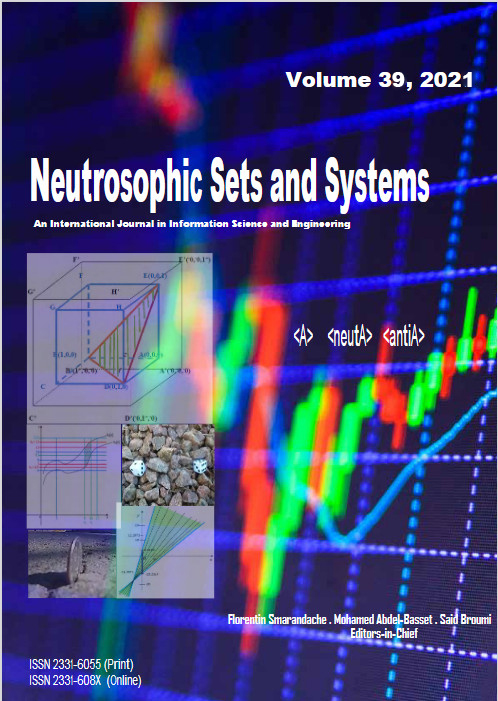Herbicides in the Irrigated Rice Production System in Babahoyo, Ecuador, Using Neutrosophic Statistics
Abstract
Rice cultivation is of great importance worldwide, due to its nutritional properties and because
it is part of many plates of the inhabitants of all continents. Weeds are part of the factors that affect rice
production, which is why it is necessary to apply herbicides, including the modality of the presence of
herbicides in irrigation. This paper aims to carry out a statistical study on the effectiveness of different
treatments to eliminate the weeds of the INDIA SFL 11 rice variety in Babahoyo, Ecuador. The evaluation
of some results of the treatments was carried out visually based on both weed control and herbicide
toxicity by using linguistic terms that are associated with an indeterminate scale of percentages, where
the data are given in the form of intervals and not in crisp values. Additionally other seven criteria are
also utilized. Thus, we decided to apply neutrosophic statistics as a study tool for this problem. Neutrosophic statistics extends classical statistics theory to the framework of neutrosophy, where intervals are
used instead of analyzing crisp values. Specifically, Tukey's test is applied in comparing some data in
form of intervals that denotes the imprecision of the obtained measurement.
Downloads
Downloads
Published
Issue
Section
License
Copyright (c) 2024 Neutrosophic Sets and Systems

This work is licensed under a Creative Commons Attribution-NonCommercial-ShareAlike 4.0 International License.




